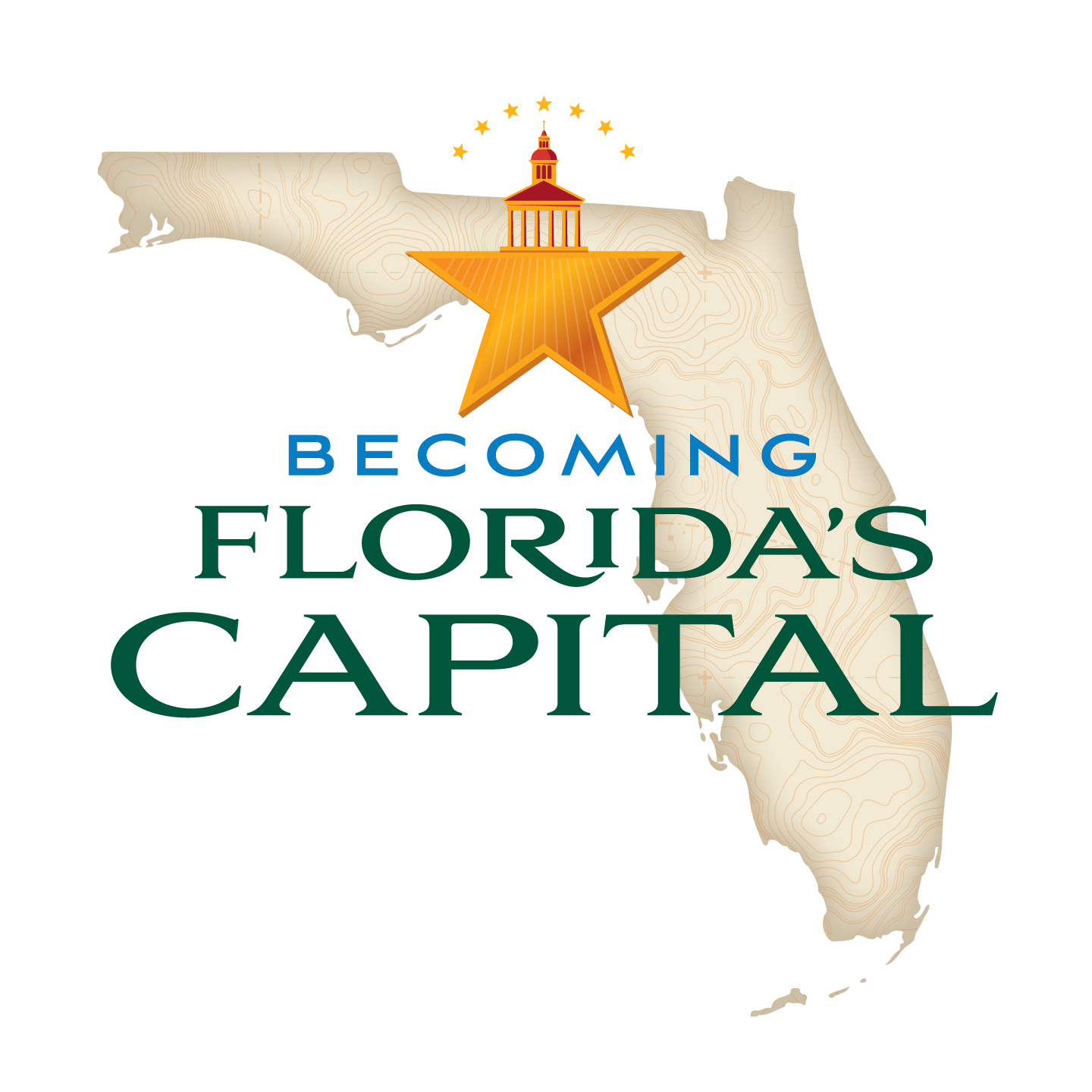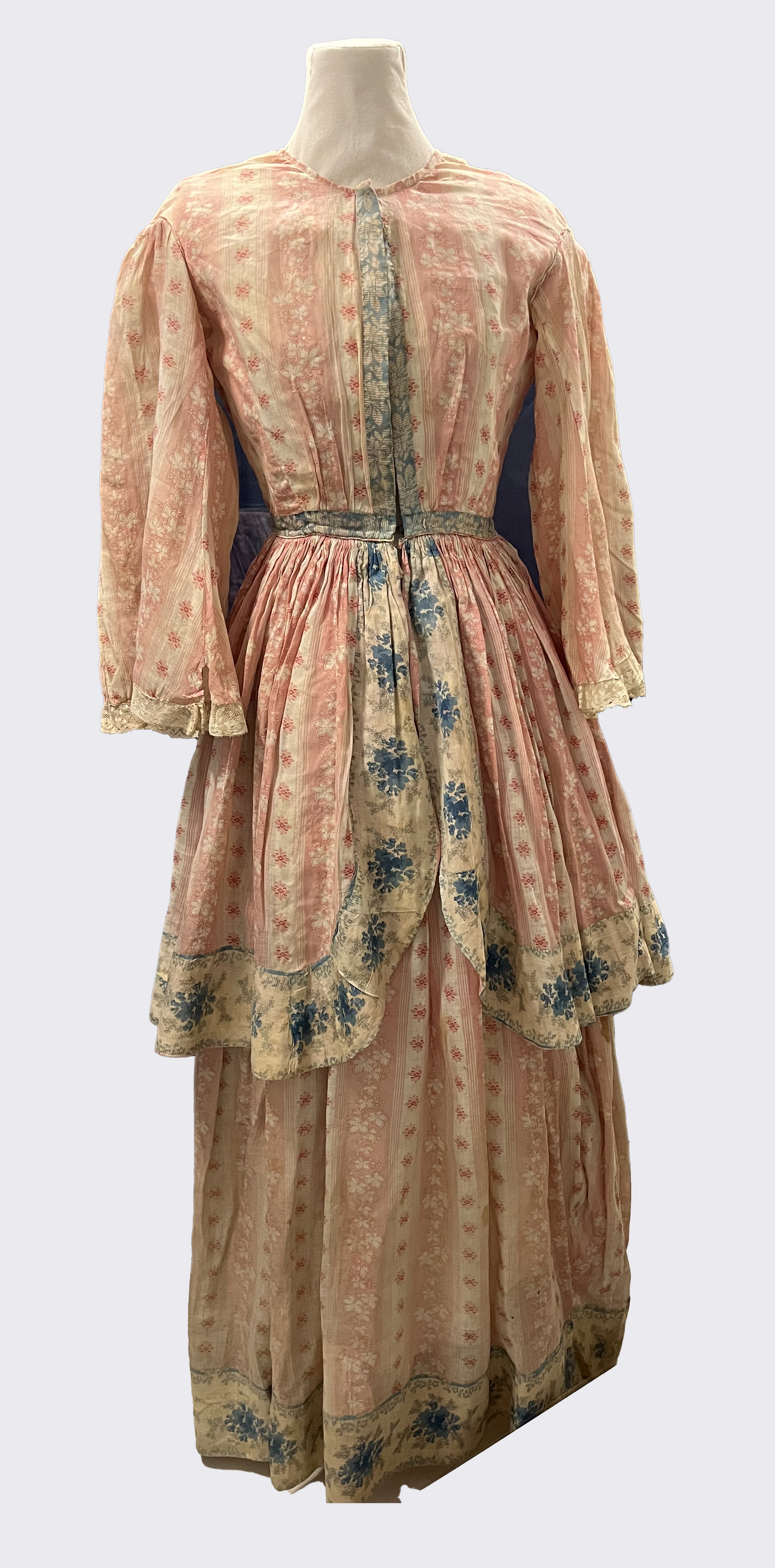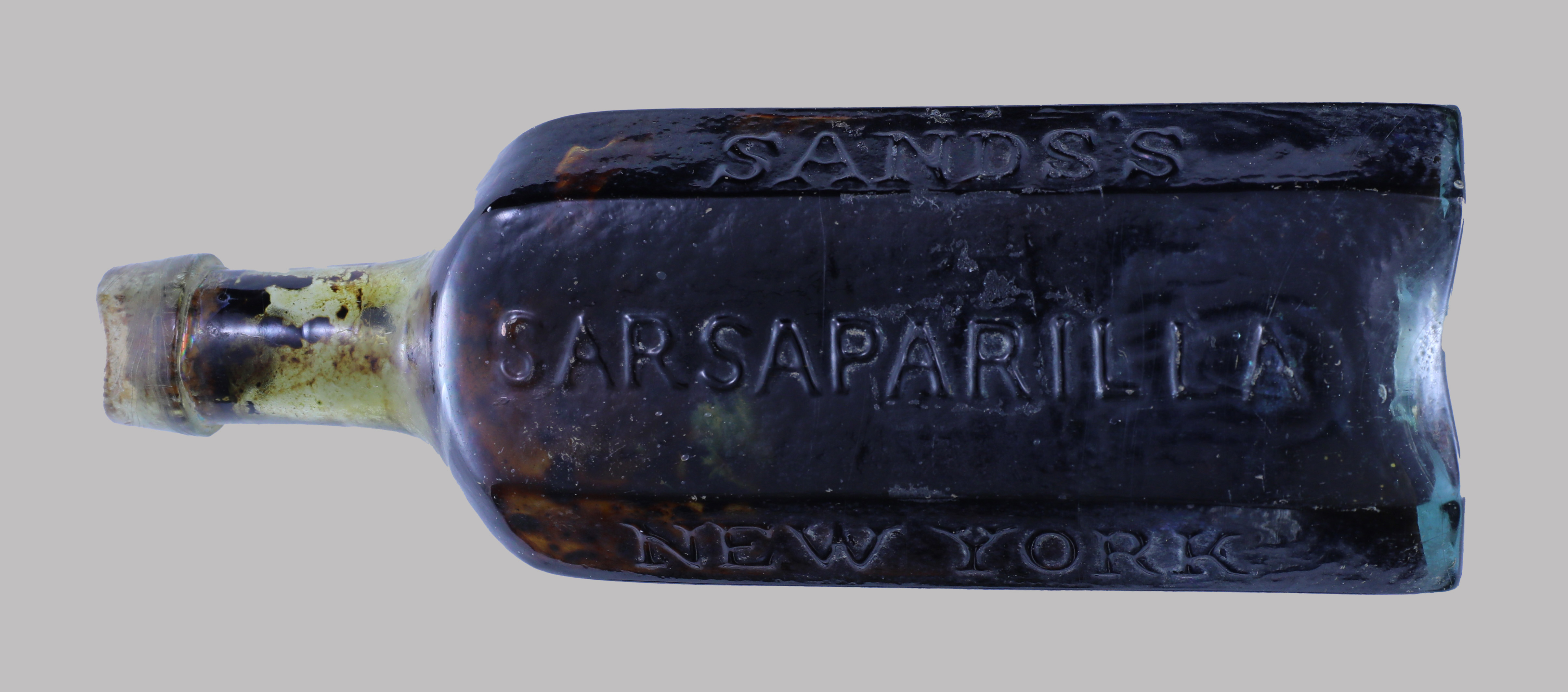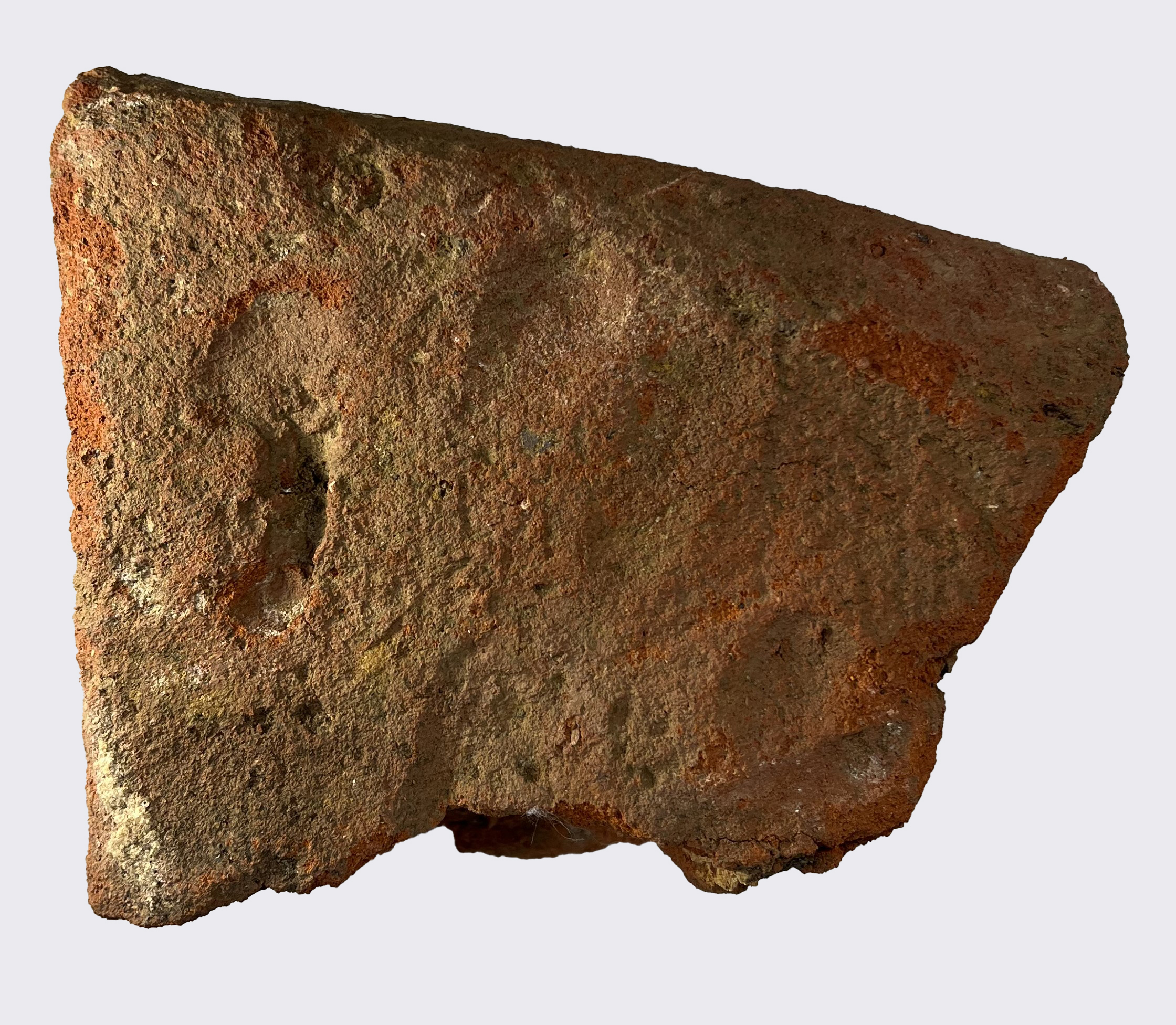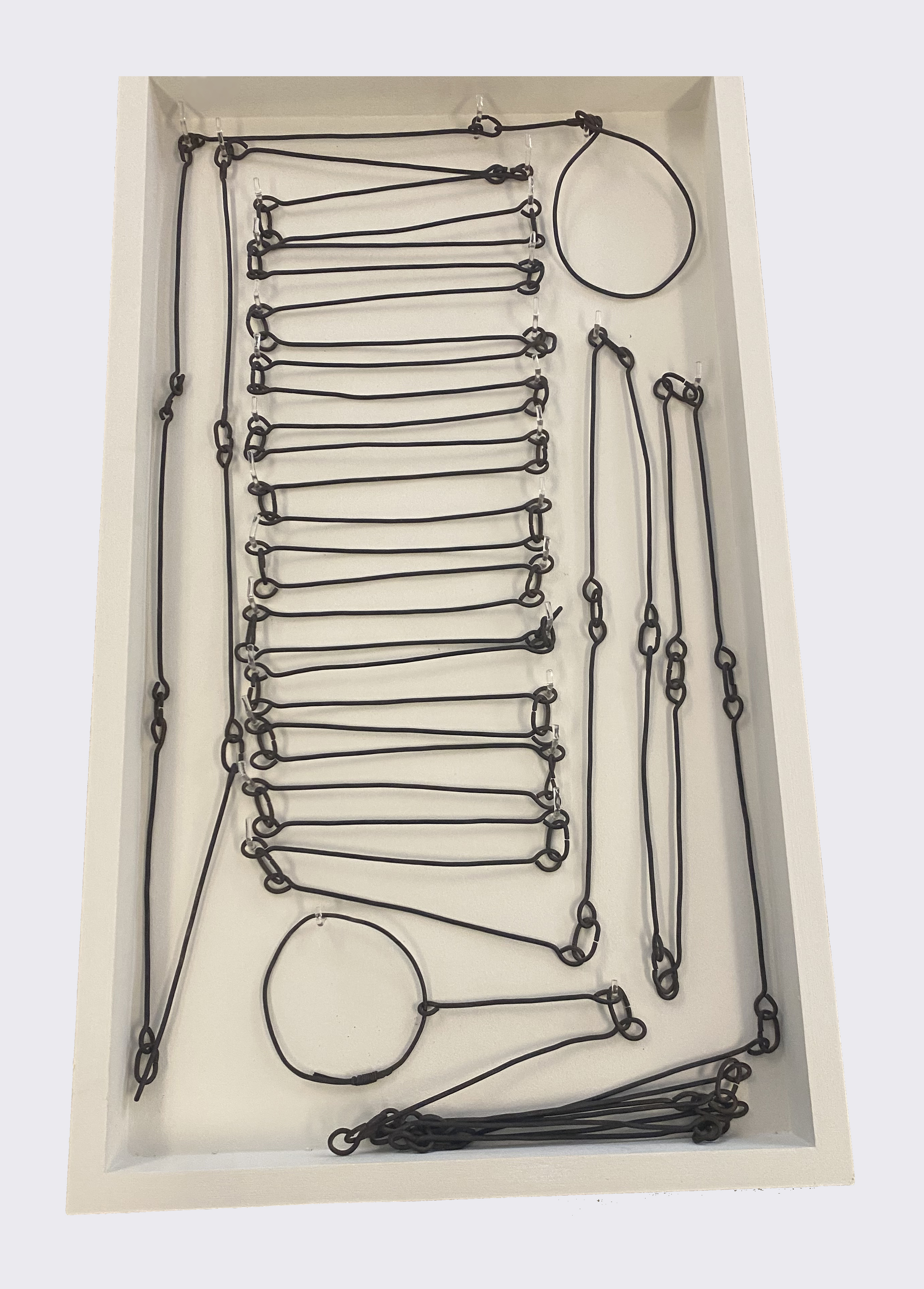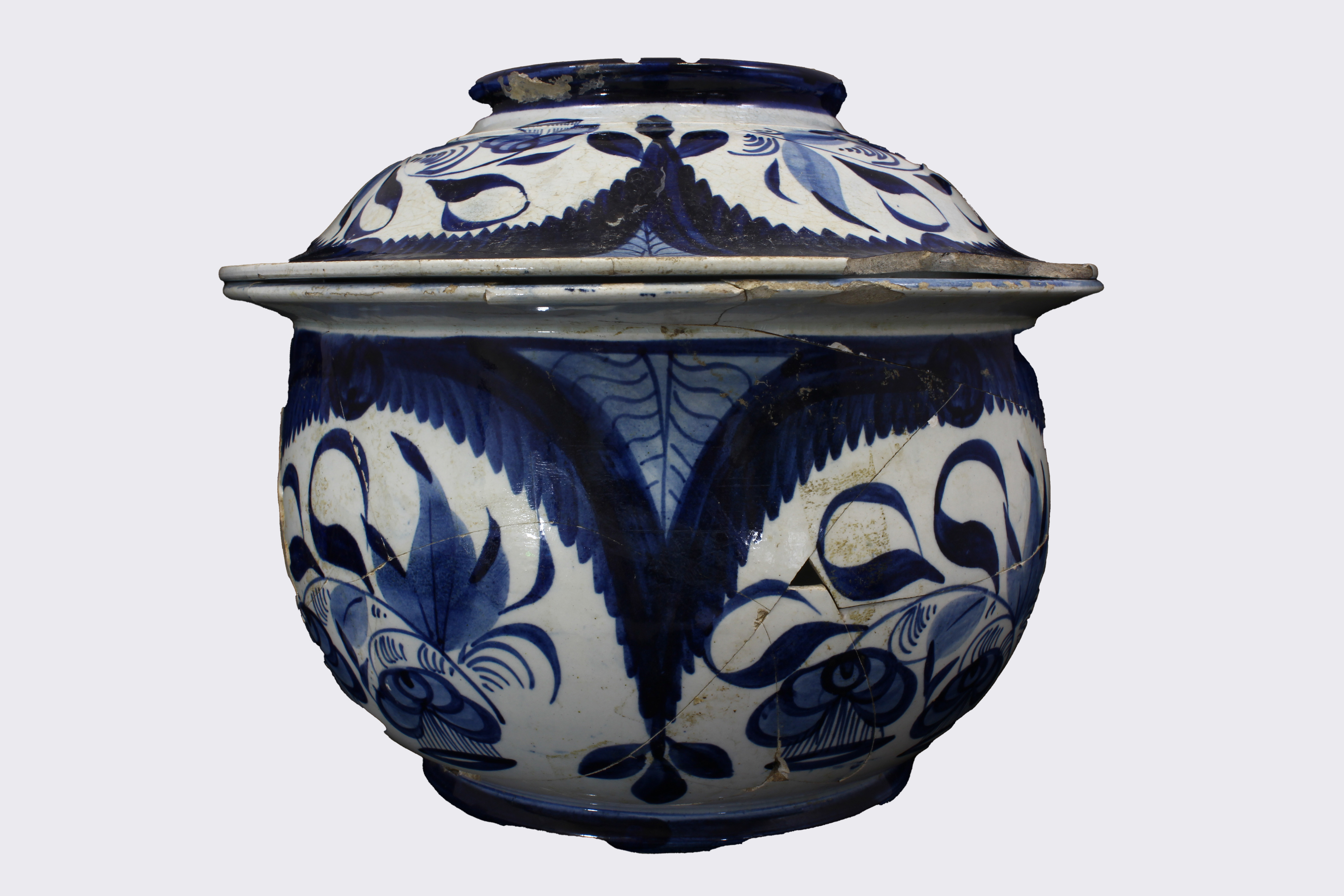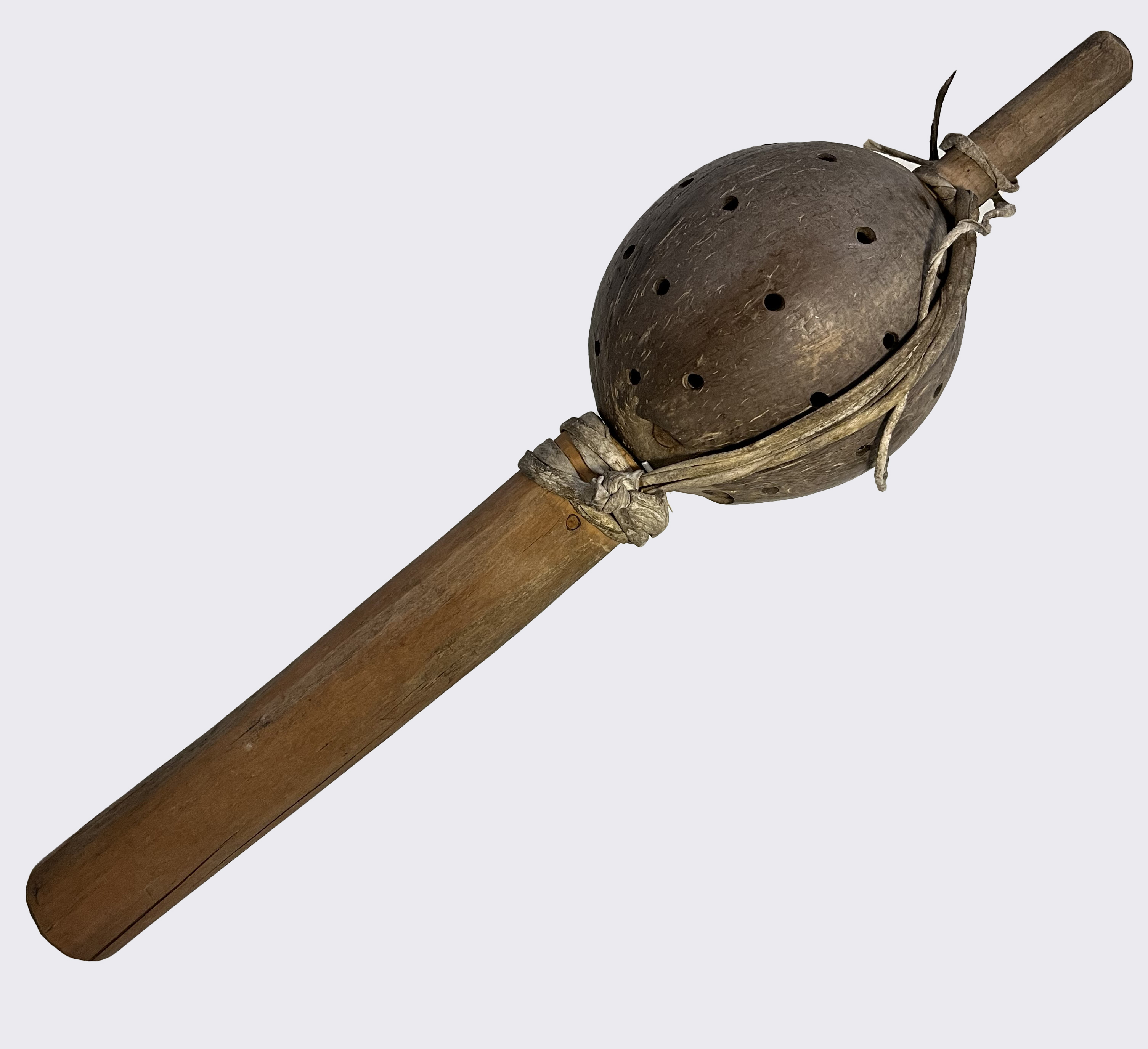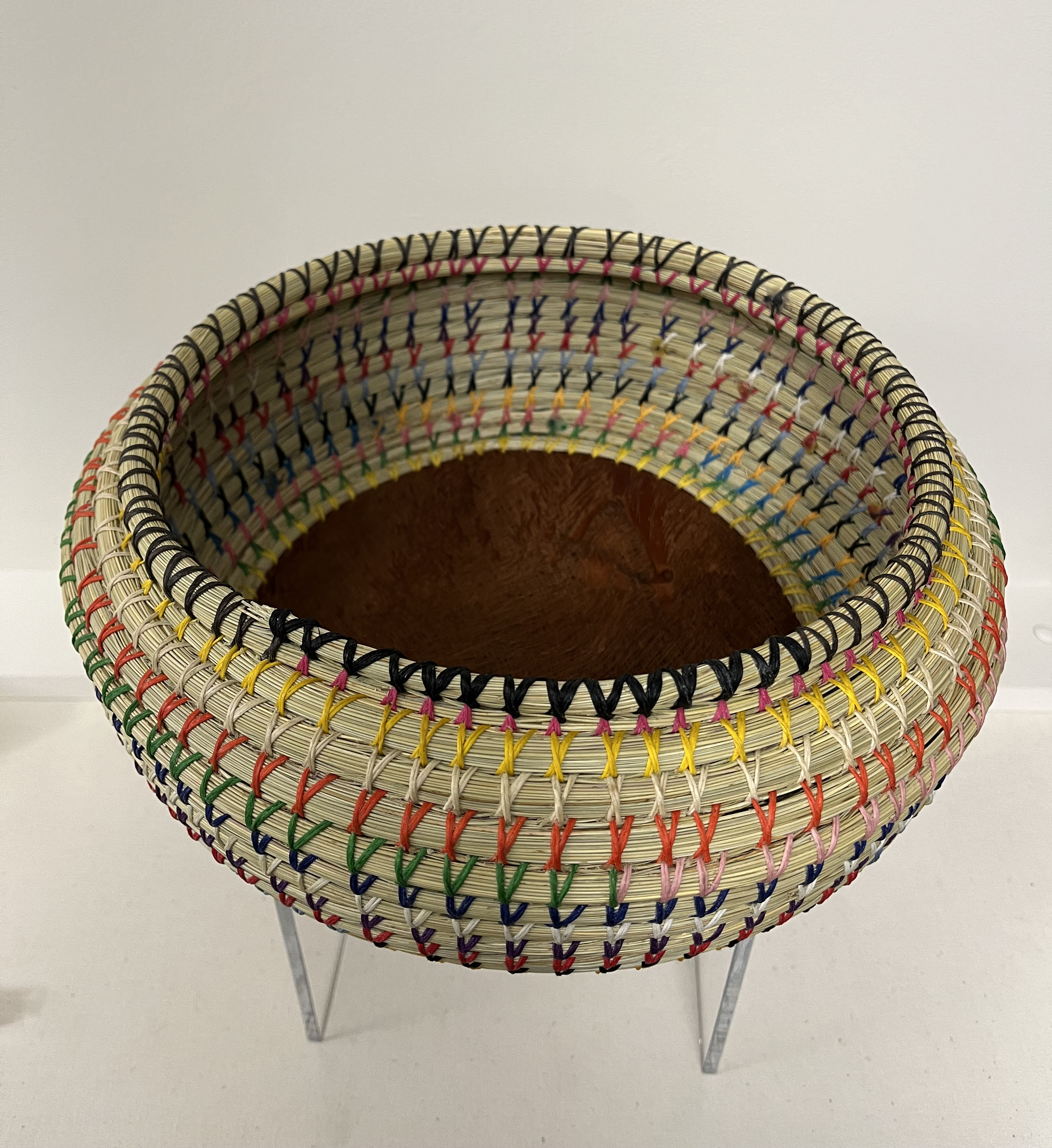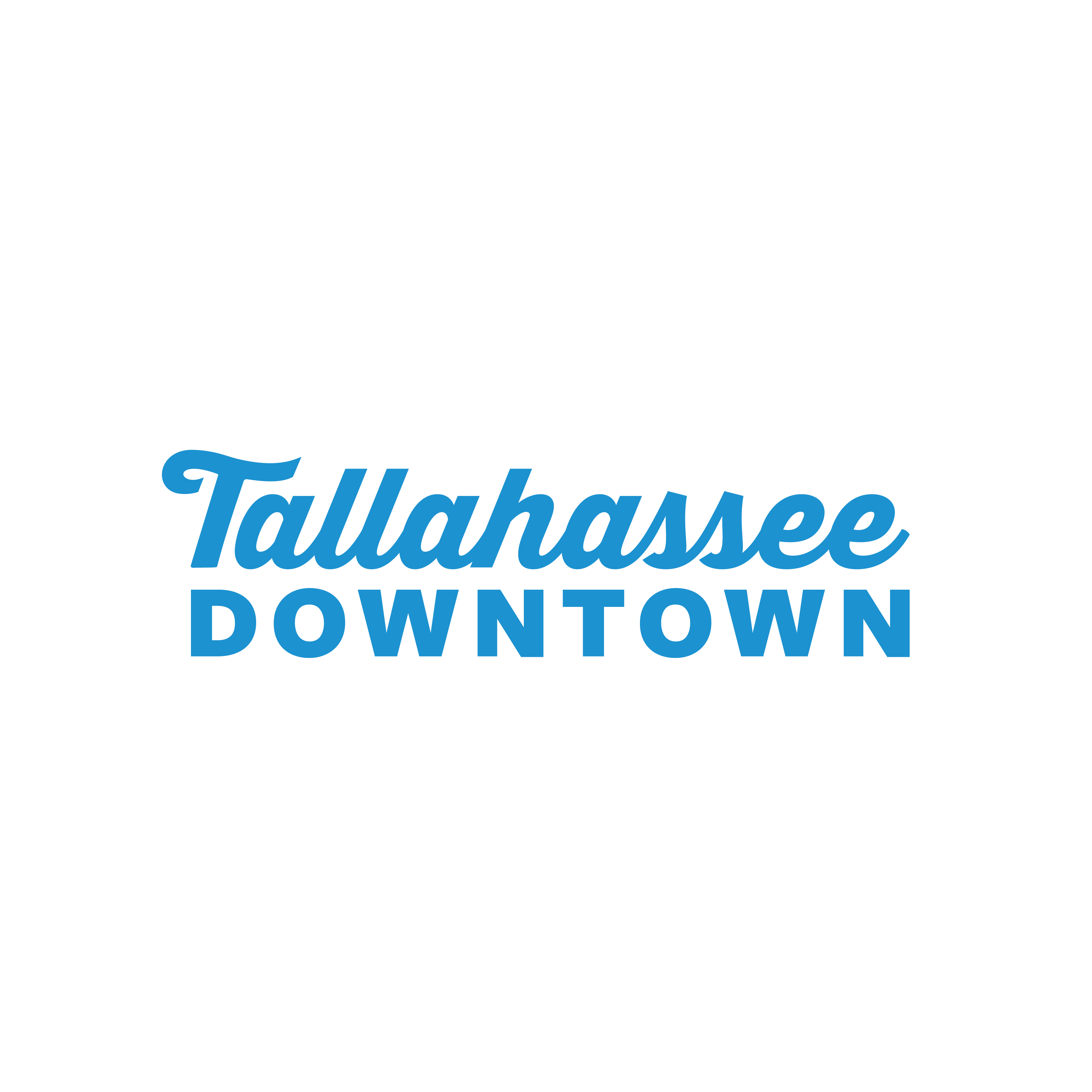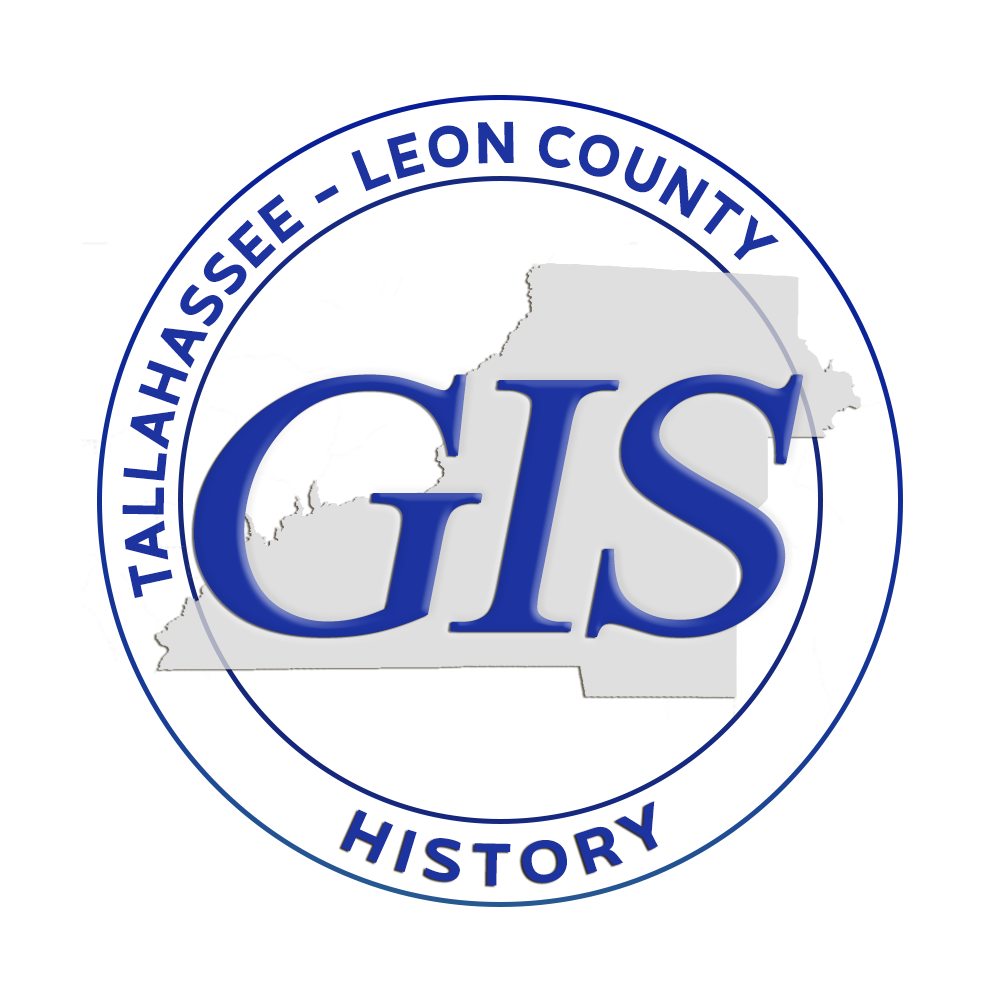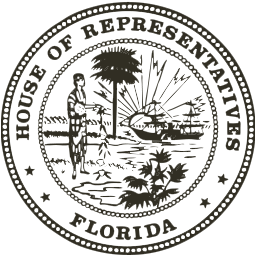Bureau of Archaeological Research, Florida Division of Historical Resources
Kevin Cate
Amy Cox
Marcus Curtis
Jason Daniel
Daughters of the American Revolution Museum
Florida Department of Environmental Protection
Florida State University
Harvard University
Leo Jim
Solan Jim
Library of Congress
Miccosukee Tribe of Indians of Florida
Mission San Luis
Museum of Florida History
National Archives and Records Administration
New York Public Library
Edward Ornstein
Randelle Osceola
David Scheidecker
Seminole Tribe of Florida Ah-Tah-Thi-Ki Museum
Seminole Tribe of Florida, Tribal Historic Preservation Office
State Library and Archives of Florida
Tallahassee Museum
The Grove Museum
Touchton Map Library, Tampa Bay History Center
University of Florida
Jackson Walker

